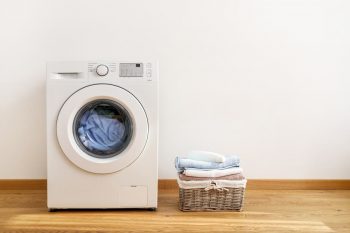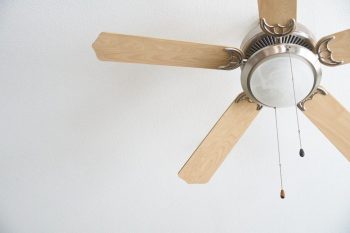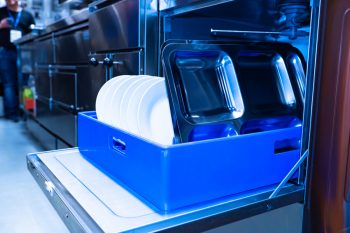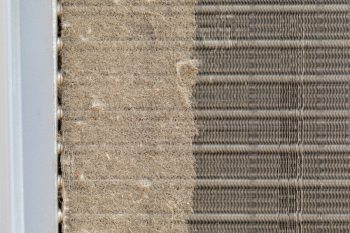
Vacuum cleaners are a staple in every household, providing us with a convenient way to keep our homes clean. But have you ever stopped to consider what these handy devices are made of? From the external structure to the internal parts, the materials used in vacuum cleaners have a significant impact on their durability, lifespan, and performance. In this article, we delve into the materials used in vacuum cleaners and how they have evolved over time.
Vacuum cleaners are primarily made from a combination of metals and various types of plastics. Metals such as SUS304, Q235, SUS301, 45 steel, and aluminum are used for their strength and durability. Plastics, which make up about 80% of the vacuum cleaner parts, are typically made using injection molding. The types of plastics used include ABS plastics, polycarbonates, and other high-impact materials. These materials contribute to the vacuum cleaner’s performance, durability, and lightweight design.
Main Components of a Vacuum Cleaner
A conventional vacuum cleaner consists of several essential components:
- Motor: The heart of the vacuum cleaner, providing the power needed for suction.
- Internal Fan: Works in conjunction with the brush to guide dirt and debris into the vacuum.
- Filter: Traps dust, dirt, and allergens, preventing them from being released back into the air.
- Power Source: An electrical cord or a battery that provides power to the vacuum cleaner.
- Intake Port: Where dirt and debris enter the vacuum cleaner. It may include various cleaning accessories, such as brushes or crevice tools.
- Exhaust Port: Where the air is expelled after passing through the vacuum cleaner.
- Porous Bag or Dust Container: In bagged vacuum cleaners, a porous bag collects the dirt and debris. In bagless vacuum cleaners, a dust container serves the same purpose.
- Housing: Contains all the other components and provides the overall structure of the vacuum cleaner.
Materials Used in Vacuum Cleaners
Vacuum cleaners are made from a combination of metals and various plastics. Some common metals used in vacuum cleaners include SUS304, Q235, SUS301, 45 steel, and aluminum. These materials provide strength and durability. Injection molding is widely used in manufacturing plastic parts, with 80% of the parts in vacuum cleaners being composed of plastic parts.
Before the development of the plastics industry in the 1960s, canister vacuum cleaners were primarily constructed of stamped steel cases with cast aluminum attachments and trim pieces. But with the advent of the plastics industry, many parts that were once metal are now made of lighter and often stronger plastics. This has made vacuum cleaners lighter, easier to use, and more cost-effective to produce.
Evolution of Materials in Vacuum Cleaners
The materials used in vacuum cleaners have evolved significantly over time. Prior to the 1960s, vacuum cleaners were primarily made of heavy, durable metals. However, these models were often bulky and difficult to maneuver. With the development of the plastics industry, manufacturers began to replace metal components with lighter and more durable plastics. This made vacuum cleaners more lightweight and easier to use, without compromising on durability or performance.
Today, most vacuum cleaners are made of a combination of metals and various types of plastics, including ABS plastics (acrylonitrile-butadiene-styrene), polycarbonates, and other high-impact materials. These materials offer a balance of strength, durability, and lightweight design, making modern vacuum cleaners both efficient and user-friendly.
The Impact of Materials on Performance and Durability
The choice of materials in a vacuum cleaner significantly impacts its performance and durability. High-quality and durable materials, such as metal, are likely to last longer than those made of plastic or low-quality components. However, the key to durability is often in the excellence of design as well as the types of plastics used for various parts.
Materials for use in vacuum environments should show very low rates of outgassing and be tolerant to bake-out temperatures. Outgassing can lower the vacuum quality and create deposits on other surfaces, affecting the performance of the vacuum cleaner. Therefore, it is essential to choose materials with low affinity to water and low sublimation rates in vacuum environments.
Sustainability of Materials in Vacuum Cleaners
As environmental consciousness increases, manufacturers are taking steps to ensure the sustainability of the materials used in vacuum cleaners. Some manufacturers, such as Electrolux and Hitachi, are producing vacuum cleaners made from recycled materials. Other manufacturers are focusing on designing energy-efficient models that consume less power but deliver the same cleaning performance.
Adherence to industry standards and regulations also plays a crucial role in ensuring the safety and sustainability of vacuum cleaners. For example, the National Fire Protection Agency (NFPA) introduced NFPA 652, a standard that promotes and defines the best practices for managing combustible dust in industrial vacuum cleaners.
Innovative Materials in Vacuum Cleaners
In the latest vacuum cleaner models, several innovative materials and technologies are being used to enhance their performance, efficiency, and user experience. These innovations include smart vacuum cleaners that can connect to Wi-Fi, cordless and lightweight models made possible by advances in battery technology, and advanced motors that deliver unrivaled suction power.
In conclusion, the materials used in vacuum cleaners have a significant impact on their performance, durability, and sustainability. As technology continues to advance, we can expect to see further innovations in the materials and design of vacuum cleaners, making them even more efficient and eco-friendly.
Frequently Asked Questions
What does the term ‘outgassing’ mean in the context of vacuum cleaners?
Outgassing refers to the release of gases that were dissolved, trapped, frozen, or absorbed in some material. In the context of vacuum cleaners, outgassing can lower the vacuum quality and create deposits on other surfaces, affecting the performance of the vacuum cleaner.
What is injection molding and why is it used in the production of vacuum cleaners?
Injection molding is a manufacturing process used for producing parts by injecting molten material into a mold. It is used in the production of vacuum cleaners because it allows for the mass production of plastic components, which are lighter and often stronger than their metal counterparts.
What is the importance of NFPA 652 standard in vacuum cleaners?
NFPA 652 is a standard introduced by the National Fire Protection Agency that promotes and defines the best practices for managing combustible dust in industrial vacuum cleaners. It is important because it ensures the safety of the vacuum cleaners and prevents potential fire hazards.
What are some examples of innovative materials and technologies being used in the latest vacuum cleaner models?
Some innovative materials and technologies being used in the latest vacuum cleaner models include smart technology that allows the vacuum to connect to Wi-Fi, advanced battery technology that enables the production of cordless and lightweight models, and advanced motors that deliver unrivaled suction power.
What is ABS plastic and why is it used in vacuum cleaners?
ABS (acrylonitrile-butadiene-styrene) is a common thermoplastic polymer known for its strength, toughness, and resistance to heat and impact. It is used in vacuum cleaners because it offers a balance of strength, durability, and lightweight design, making modern vacuum cleaners both efficient and user-friendly.












